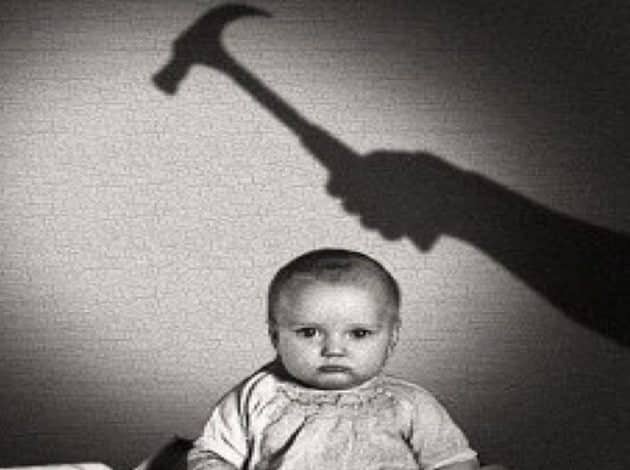
This is not another blog post on a psychology experiment devoid of morals and ethics, rather it is a genuinely interesting one that explores wether or not social behaviors can be acquired through observation and imitation. This experiment specifically focused on aggression, and how seeing an adult interact with toys would impact the children’s interactions in a controlled environment. In 1961, three psychologists selected 36 boys and 36 girls aged 3-6 to participate in this study. The children were individually placed in a nursery and given various toys to play with while the three men conducting the experiment observed them and judged their aggressive behavior on a 1-5 scale. To insure their judging was correct, researchers independent of the experiment also judged the children on a 1-5 scale and the mean of the two scores was taken. The men then split the 72 children into 3 different categories. 24 children would be shown an aggressive role model, 24 would be shown a non-aggressive role model and the final 24 would serve as a control.
To begin the experiment, the first group of 24 kids watched either a male or female adult exhibit aggressive behavior towards a Bodo doll. The adults yelled at, punched and threw the doll while the children observed through a one way mirror. The second group of kids watched either a male or female adult exhibit non-aggressive behavior. These adults played in a calm and quiet manner, ignoring the Bodo doll in the room and instead choosing to fiddle with a tinker toy set. The third group of kids, as mentioned previously watched no adults and served as the control. After viewing either the aggressive or non-aggressive adults, the children were taken individually to the same room to play with a multitude of toys. After 1o minutes of playing, the men conducting the experiment entered the room and stated that they were saving the best toys for other children. This was meant to induce mild aggression arousal, and the children were taken to another room with aggressive toys, such as a Bodo Doll and a dart gun, as well as non-aggressive toys such as crayons and plastic farm animals.
After observing the children’s actions, the researchers found that the first group, who had witnessed the aggressive adults, engaged in much more aggressive behavior than the second and third group. They also found that the boys were more likely to express aggression physically, while the girls expressed aggression verbally. These results confirmed the psychologists’ hypothesis, and supported the notion of Social Learning Theory. Social Learning Theory states that children learn social behaviors, such as aggression, through observation of another person’s behavior. This experiment is commonly cited in debates on the effects that violent video games have on children. Supporters will say this experiment proves violent video games make children more violent, while those against this would say that effects vary on a case by case basis, and many other factors need to be taken into account before definitively stating violent video games make children more violent.
